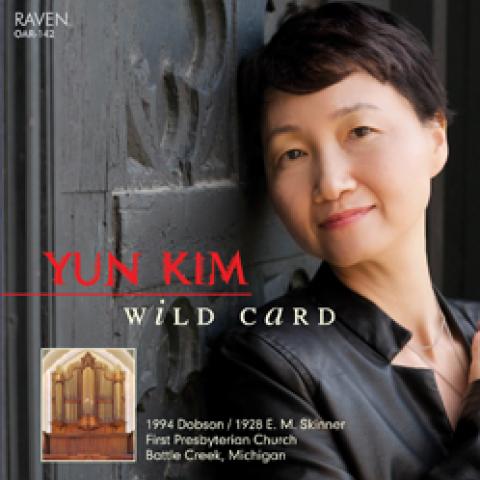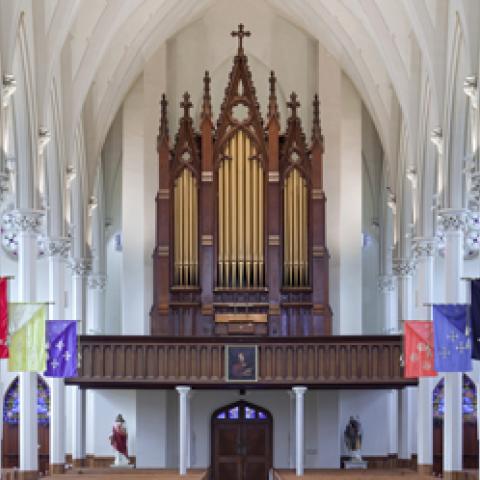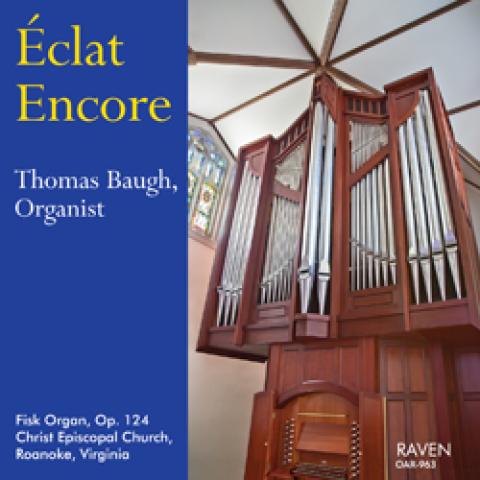
Raven announces a new CD by Bruce Stevens, Rheinberger Organ Sonatas, Volume 5 (OAR-993).
Like the other volumes in the series, the new CD includes three sonatas of Josef Rheinberger played on three historic American organs. Volume 5 includes Sonata No. 7 in F Minor, op. 127, Sonata No. 9 in B Minor, op. 142, and Sonata No. 13 in E-flat, op. 161. The organs recorded on Volume 5 include the 1868 E. & G. G. Hook Opus 472 of three manuals, which was restored, rebuilt, enlarged, and relocated by the Andover Organ Company to Christ Episcopal Church, Charlottesville, Virginia, where Sonata No. 7 was recorded. Sonata No. 13 was recorded on the 1860 E. & G. G. Hook Opus 288 of three manuals in St. John’s Catholic Church, Bangor, Maine. Sonata No. 9 was recorded on the 1898 George Jardine & Son Opus 1248 of two manuals in St. Peter’s Catholic Church, Haverstraw, New York.
For information: www.ravencd.com.





